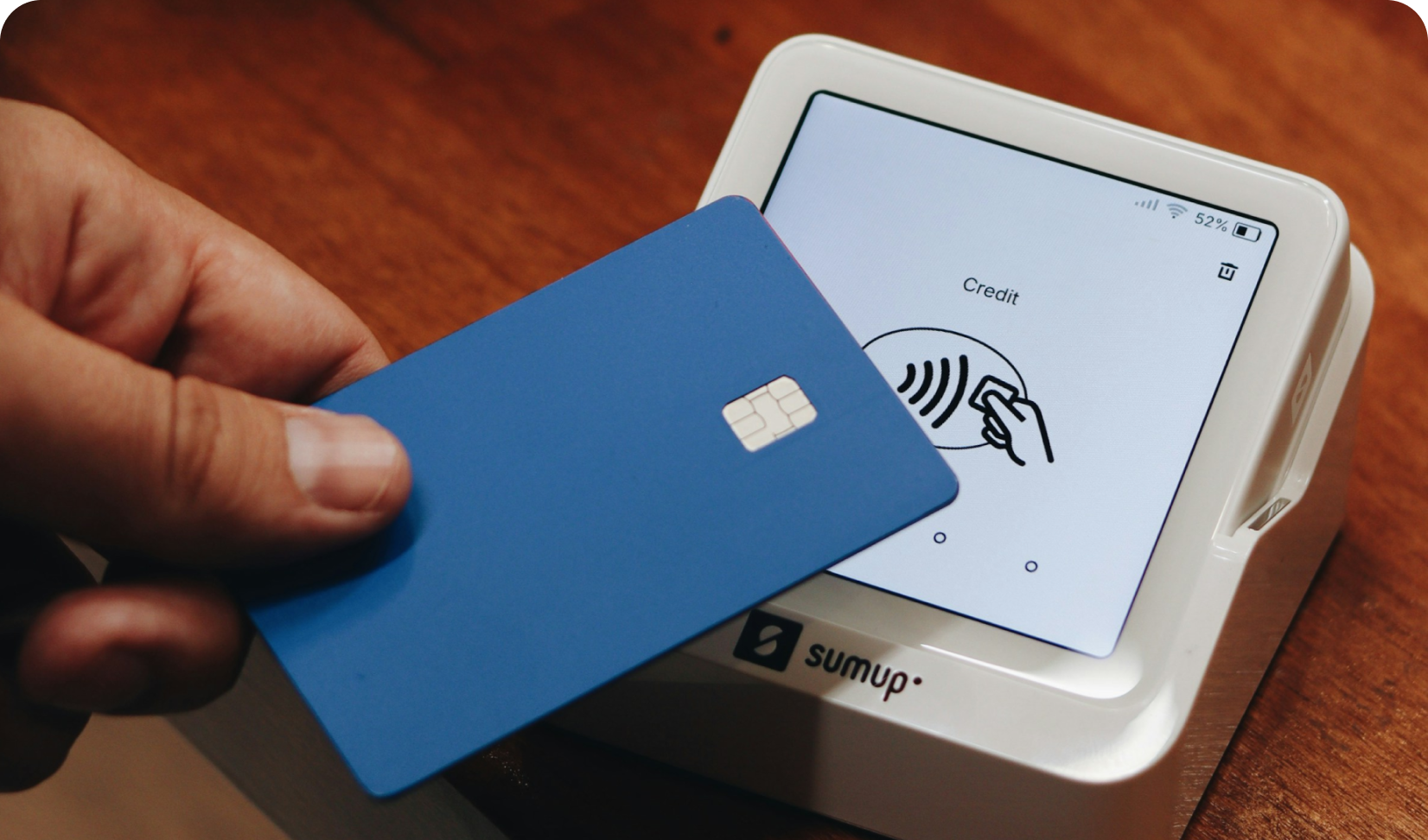Campaign Tracking: How to Measure Advertising Effectiveness
Appinio Research · 20.10.2022 · 5min read
Content
Objective
Advertising is an integral part of brand communication and can have various purposes. Typical advertising objectives are to increase awareness of a brand or product and/or to anchor the desired brand image in the minds of consumers and thus increase the probability of purchase, use, and brand loyalty.
It is essential to measure the effectiveness of advertising campaigns through regular brand tracking, to place advertisements as effectively and efficiently as possible. Alternatively, campaigns can be tracked separately from the general brand tracking directly before and after the campaign to measure immediate advertising effectiveness.
Implementation: How to measure the advertising effectiveness of campaigns
In a campaign tracking utilizing quantitative market research, the questionnaire must precisely fit the previously defined objectives of the advertising campaign. The performance of the campaign is then evaluated along with the previously defined KPIs. Additionally, the effect of the advertising media used is checked, which allows conclusions about whether the advertising budget was used effectively. The effectiveness of all advertising channels can be measured, whether TV, print, radio, online, social media, or (digital) out-of-home advertising.
Important: No matter whether Instagram-Ad, TV spot or poster, companies should test their advertising material designs before a campaign is launched to check which message or design is more appealing to the target group. This is important to ensure that the advertising budget is not misused on a campaign that is not meaningful or attention-grabbing enough or, in the worst case, not understood. Monadic surveys can be used to determine how the target group evaluates advertising variations and which design has the most favourable influence on brand awareness, brand image, associations with the brand, or willingness to buy. The testing of advertising media before a campaign launch is an indispensable component of campaign planning and optimization.
Measurements for campaign tracking take place in waves: before the campaign, (zero point measurement as reference values, also called pre-testing), at the start of the campaign (for example after the first TV broadcast), during the campaign in continuous intervals depending on the type or size of the campaign, and after the end of the campaign (post-measurement).
A fresh sample must always be drawn randomly from the previously defined target group to obtain valid survey results. Otherwise, the participants may remember the previous survey, if necessary, and only for this reason, the advertising. Reusing old samples would falsify the results.
The more interlocked brand tracking and campaign tracking are, the more conclusions can be drawn about whether brand perception has changed as a result of the advertising campaign. This is especially important for image campaigns.
Therefore, campaign tracking is not only about the pure measurement of advertising impact or effectiveness, but also about the general effect of the campaign on the brand itself.
Here, you can read about how Pulse Advertising used Appinio for campaign tracking to measure advertising effectiveness.
Sample Questions for Measuring the Advertising Effectiveness of Campaigns
- Has the target group in general ever heard of the subject of the survey (brand, product, or service)?
- Through which communication or advertising channels has the target group heard about the product?
- Has the advertising message been understood?
- Did the advertising animate the target group to perform the desired action?
- Does the campaign affect brand perception, and if so, does it correspond to the intended goal?
- Which advertising channel has achieved the best advertising effect in the media mix?
- If the surveyed target group can be further segmented (for example, brand fans versus occasional buyers of the brand versus potential new customers), are there significant differences in the advertising effect?
The structure of the questionnaire can vary depending on the pre-defined goals. First, it is possible to ask the survey participants general questions about the advertising campaign, then show them campaign motives and finally ask them specifically about perception or sympathy for example (supported campaign recall).
If, from one survey wave to the next, more consumers name the tracked brand as an example of a specific product category (top-of-mind awareness) or if the brand is recognized more frequently in a supported query, this is an important indicator that the advertising measures have worked.
Do you want to measure the advertising effectiveness of your campaign? In the Appinio Dashboard, you have access to templates for questionnaires and sample surveys on the subject of campaign tracking. Our market researchers will be happy to advise you on set-up and data evaluation.
Get facts and figures 🧠
Want to see more data insights? Our reports are just the right thing for you!


